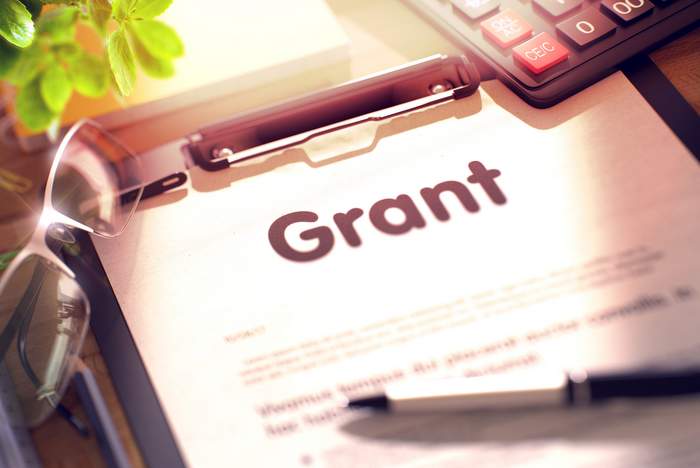San Diego-based energy developer Indian Energy LLC was awarded a grant of more than $5 million from the California Energy Commission (CEC) to develop and demonstrate long-duration, non-lithium ion based energy storage technologies. This grant is part of the CEC’s Electric Program Investment Charge (EPIC) program, funding research that accelerates clean energy innovation, helping to build California’s 100% clean energy future. This EPIC grant aims to demonstrate the value of energy storage technologies; evaluate how they meet varying customer needs; and help increase grid resiliency.
Indian Energy is a 100% Native American-owned utility-scale and microgrid development and systems integration firm. Utilizing the grant funds, Indian Energy, along with construction management partner Webcor, will develop, integrate and commission several innovative Hybrid Modular Storage Systems (HMSS) as a long-duration energy storage technology demonstration and deployment research project.
The HMSS project is focused on uncovering and closing any final knowledge gaps in potential grid-scale implementation of long-duration storage, one of the last major barriers to securing California’s sustainable clean energy future. By leveraging the breadth and scale of the partners from a Navy/Marine Corps and Tribal perspective, the project can serve as a catalyst for a new wave of renewable energy solutions for California and beyond. These technologies could meet a pressing need for energy storage across the state to help prevent and mitigate blackouts and brownouts driven by climate change and more frequent wildfires.
“Our project – likely the first of its kind – will not only verify the industries current leading energy storage technologies and capabilities, but will also aid in the advancement of the technology and its operational security,” said Allen G. Cadreau, CEO of Indian Energy. “We now have the ability to actively test energy storage use cases through real-world and real time applications at a time when our energy, transportation and tribal nation infrastructure needs critical support.”
The HMSS project involves developing six module types, each capable of meeting the requirements of long-duration energy storage and the needs of the state grid operators. Located in the 52 Area of Camp Pendleton, to leverage existing clean energy assets, the HMSS will demonstrate how to optimize the productivity of a variety of solar assets by charging with clean energy and shifting the delivery of that energy to peak demand and evening hours. It will also demonstrate how to shift to 100% renewables, as well as provide deep resiliency toward grid disturbances such as wildfires and cyber attacks.
Three specific HMSS modules will be funded by the state and made of flow batteries, supercapacitors, fast-responding mechanical energy storage and zinc hybrid cathodes in integrated installations. The other three modules will be funded by other government agencies and private industry partners. Developed using a proven “system of systems approach,” the energy storage technologies will also include an innovative hybrid controller which will ensure that each technology will be used at its most advantageous operating point, or optimized.
The project includes installing different types and configurations or batteries, testing them individually, and then using them as one large unit, such as a unit that would be used on the California power grid when they recently shut down for fire safety. The best HMSS will then be scaled to 400kW/4MWh to achieve 400kW, for 10 hours (4MWh), the requirement per the grant.
“The 52 Area of Camp Pendleton has always played a special role in the development of microgrids and resiliency approaches for the State,” said Mike Firenze, Director of Federal Programs at Webcor. “The Marine Corps and Navy have quietly, yet boldly, lead the way when it comes to implementing renewables and microgrids for resiliency. It makes sense to bring it back to the site of prior success as a team and solve some of the last major hurdles to rapid and widespread adoption.”
The project is preceded by nearly a decade of renewable and resiliency activities in the Navy Southwest Region and underscores Indian Energy’s recent awarding of over $6 million in grant funding by the CEC within the last year to create two living laboratories to test the worlds most advanced energy storage technologies. The energy storage grants are being developed in partnership with the United States Marine Corp and the Viejas Band of Kumeyaay Indians.
“We support the innovative approaches that Indian Energy and the State are developing and deploying,” said John Christman, chairman of the Viejas Band of Kumeyaay. “Long-duration storage is the critical piece for tribal nations to achieve energy sovereignty and resiliency. We are proud to be involved with these measures through our own VICU project.”
— Solar Builder magazine


Leave a Reply
You must be logged in to post a comment.